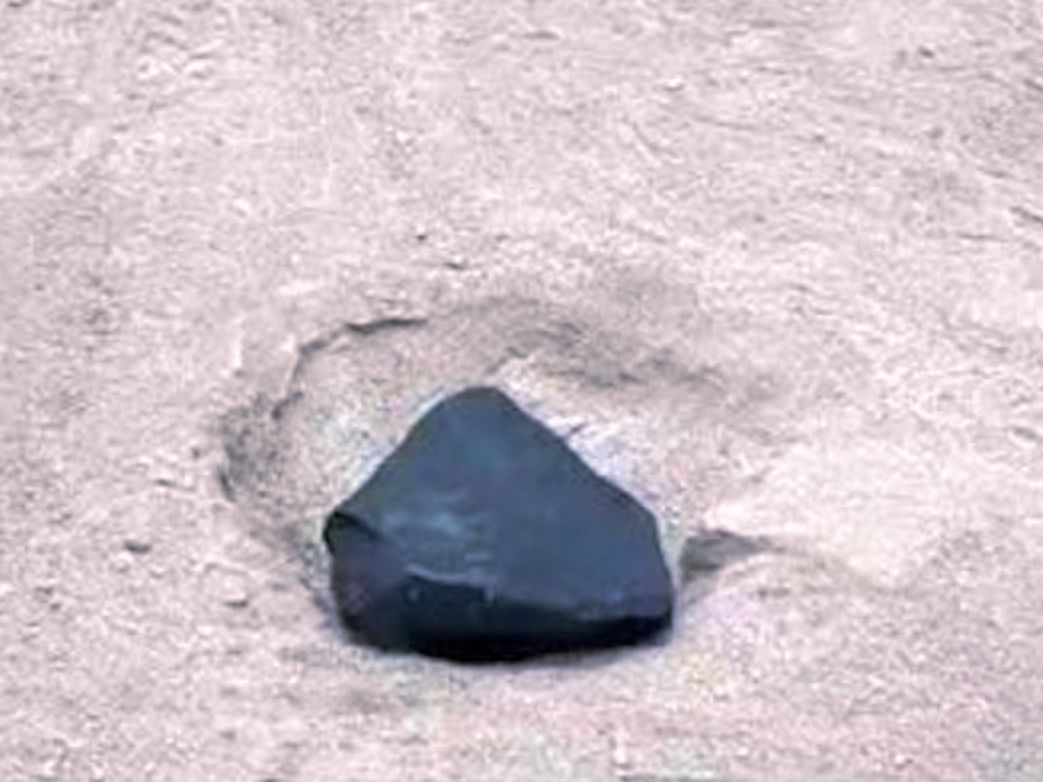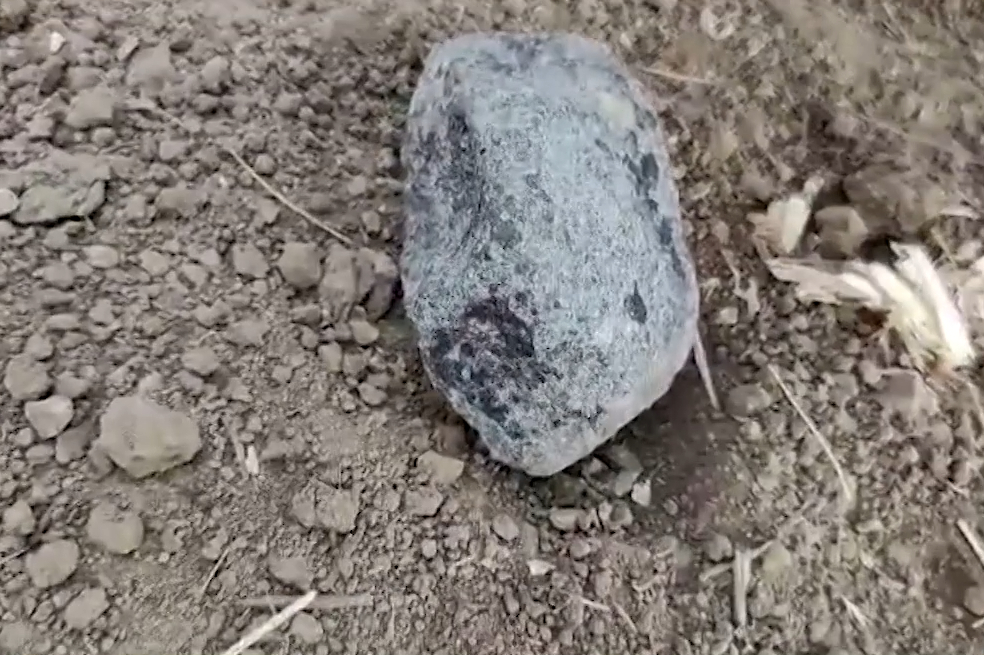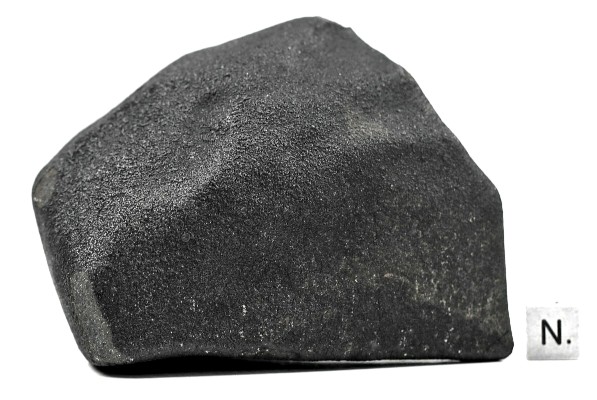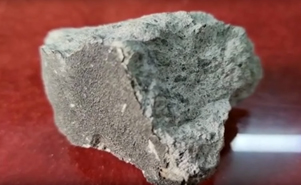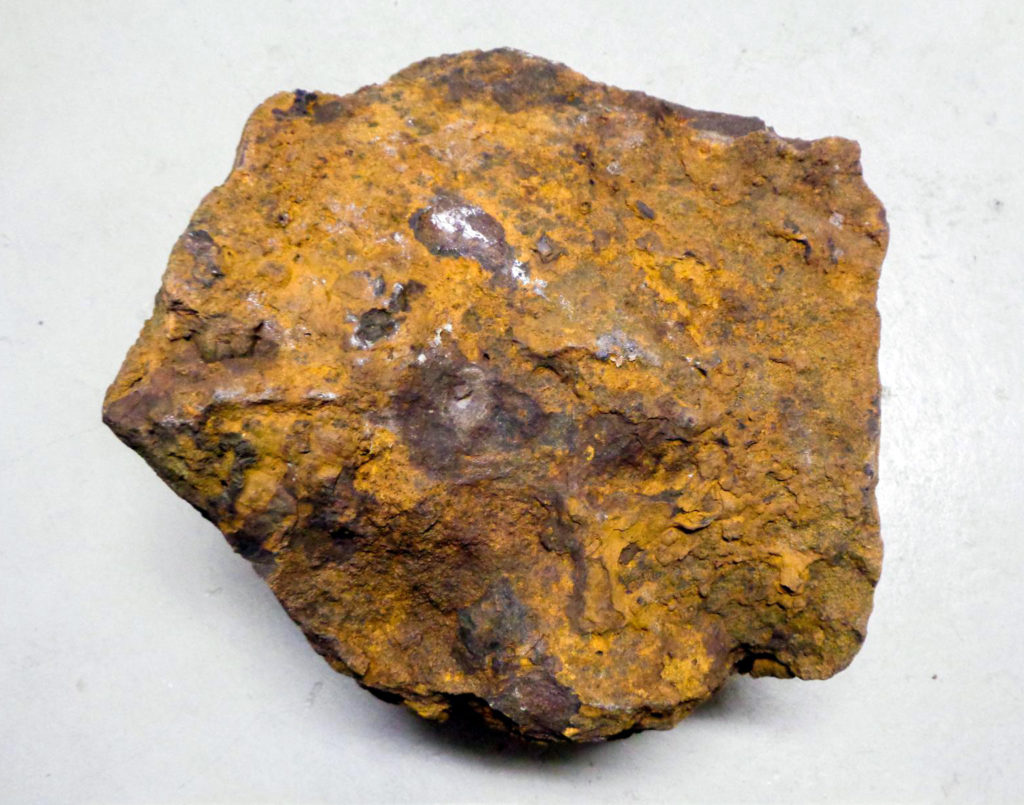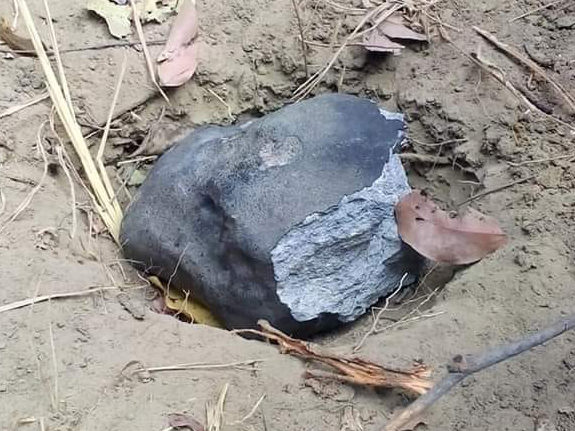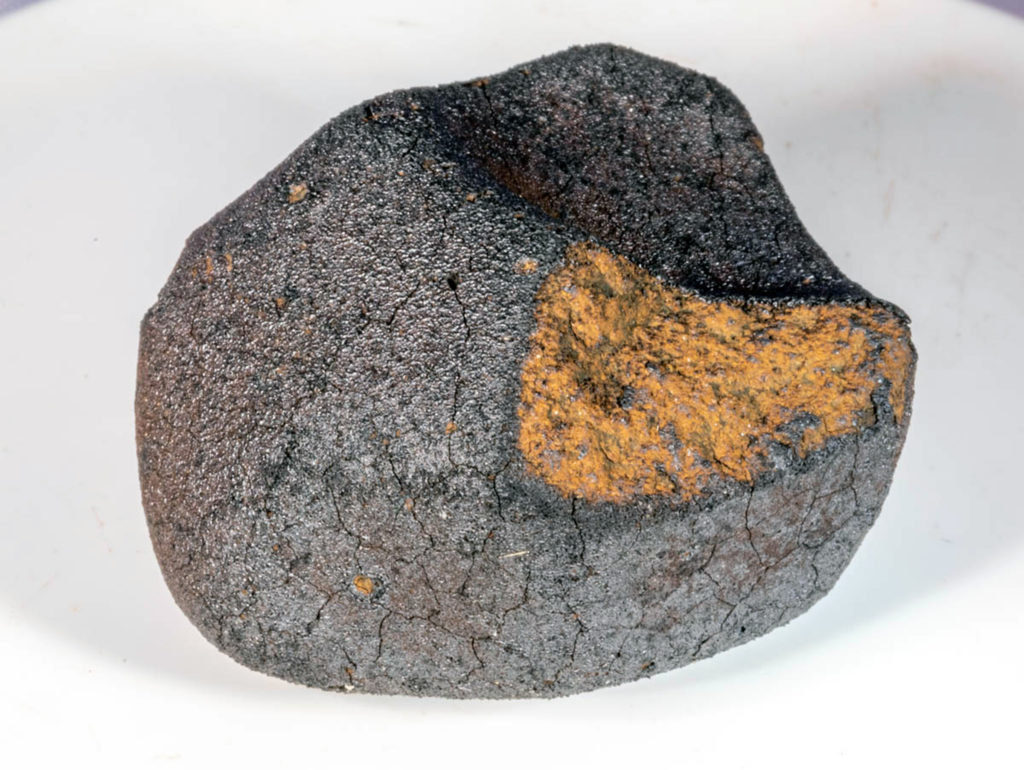Meteoritic minerals and their origins
Alan E. Rubin, Chi Ma
Chemie der Erde – Geochemistry
In Press, Corrected Proof, Available online 30 March 2017
review article
“About 435 mineral species have been identified in meteorites including native elements, metals and metallic alloys, carbides, nitrides and oxynitrides, phosphides, silicides, sulfides and hydroxysulfides, tellurides, arsenides and sulfarsenides, halides, oxides, hydroxides, carbonates, sulfates, molybdates, tungstates, phosphates and silico phosphates, oxalates, and silicates from all six structural groups. The minerals in meteorites can be categorized as having formed by a myriad of processes that are not all mutually distinct: (1) condensation in gaseous envelopes around evolved stars (presolar grains), (2) condensation in the solar nebula, (3) crystallization in CAI and AOI melts, (4) crystallization in chondrule melts, (5) exsolution during the cooling of CAIs, (6) exsolution during the cooling of chondrules and opaque assemblages, (7) annealing of amorphous material, (8) thermal metamorphism and exsolution, (9) aqueous alteration, hydrothermal alteration and metasomatism, (10) shock metamorphism, (11) condensation within impact plumes, (12) crystallization from melts in differentiated or partially differentiated bodies, (13) condensation from late-stage vapors in differentiated bodies, (14) exsolution, inversion and subsolidus redox effects within cooling igneous materials, (15) solar heating near perihelion, (16) atmospheric passage, and (17) terrestrial weathering”

